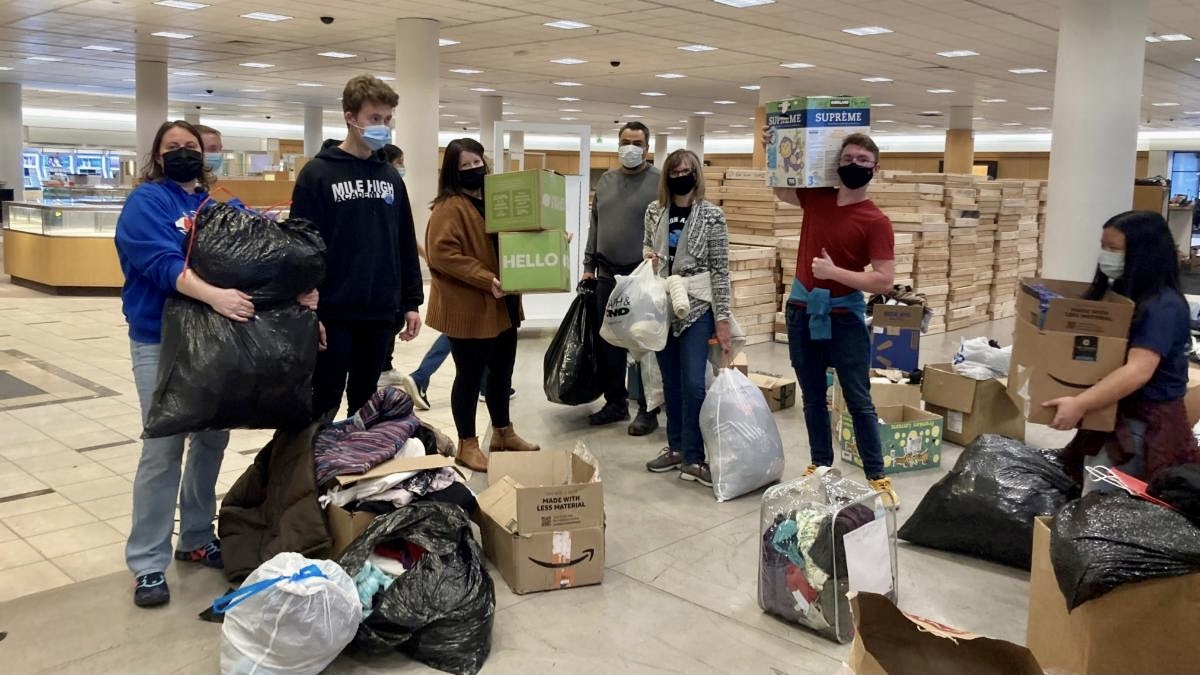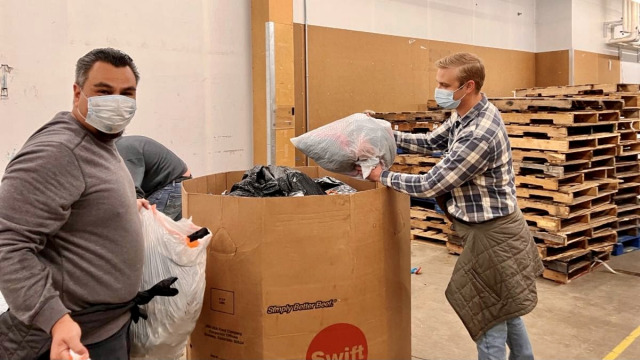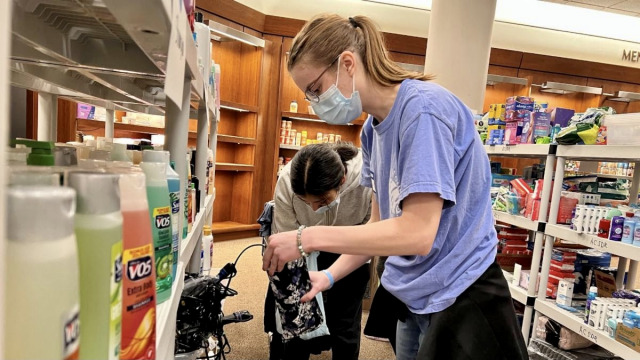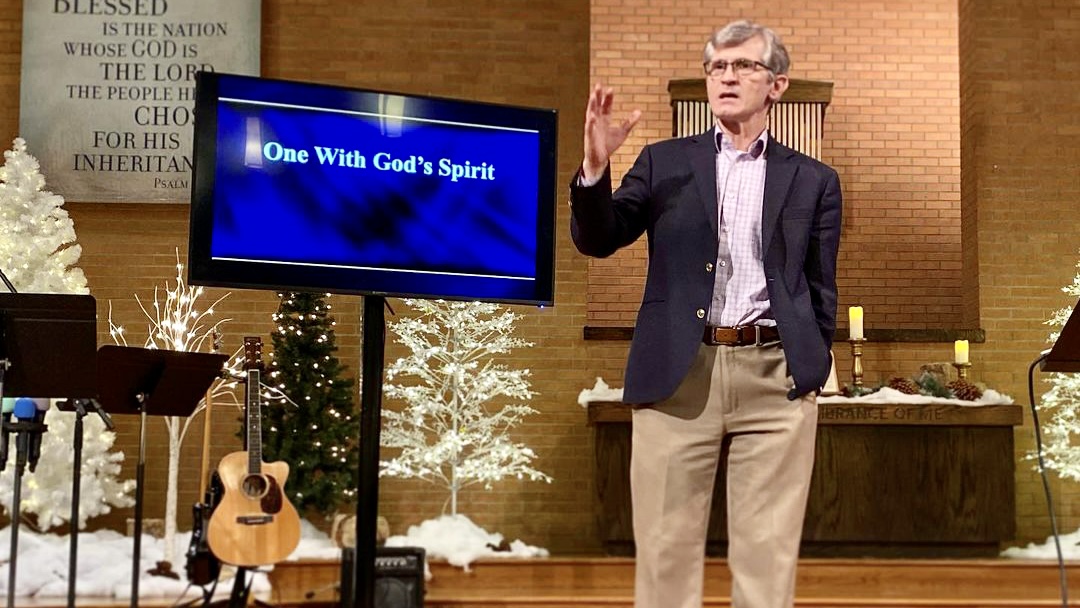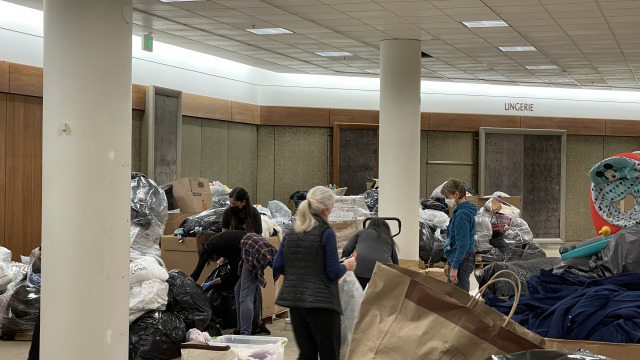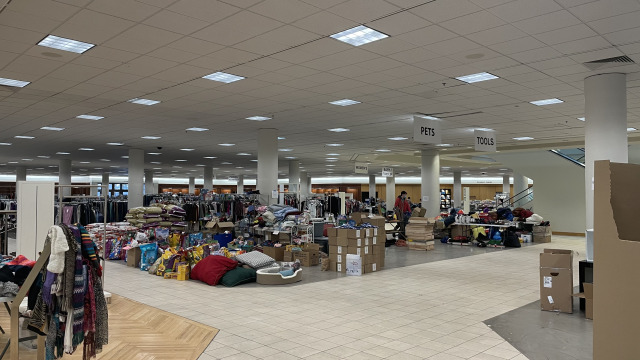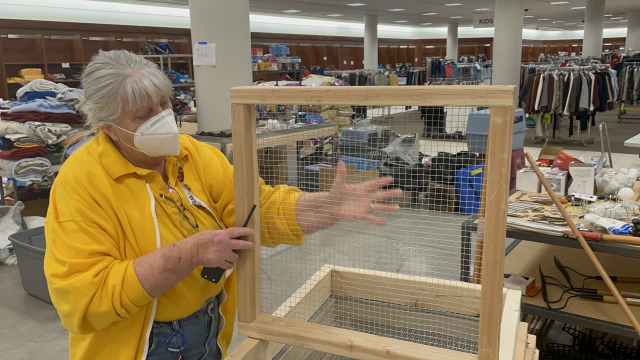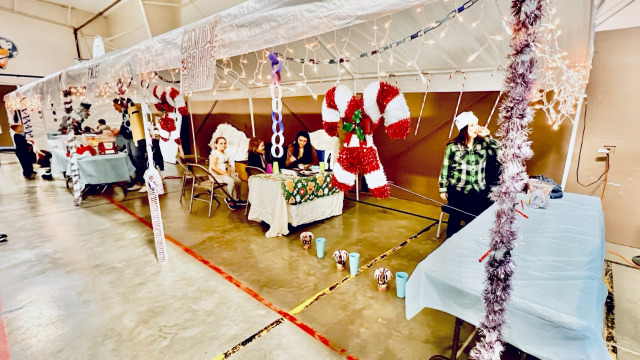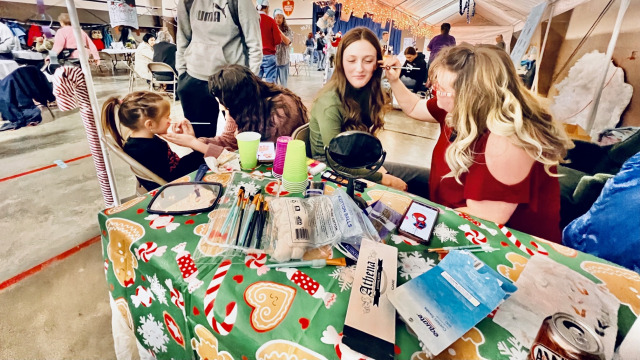By Daron Pratt — Our children are in crisis. They are constantly bombarded by a wide range of technology and impacted by cultural change, much of it negative. Modern affluent societies overflow with a range of goods produced for the entertainment, pleasure, convenience, and education of our children. Children are firmly in the sights of corporations with a barrage of marketing and advertising designed to capture this multibillion-dollar market, yet something is wrong.
The current generation of children is more stressed; less content; and less healthy physically, socially, and mentally than any other generation. Sharon Beder writes that “the consequence of this corporate capture of childhood has been a generation of children who have been manipulated, shaped, and exploited as never before in history. Not only have they lost the opportunity to play and develop at their own pace, their psyches have been damaged and their view of the world distorted. Children have never been under such pressure to ‘succeed, conform and look good.’” The stresses that children and families are under today interfere with their discipleship journey, and the church needs to respond in creative and relevant ways to reach this generation.
Our churches are in crisis. Researchers suggest that between 60 percent and, in some cases, 90 percent of the children who currently attend your church will leave it. Many will decide to do this before they reach their teenage years.
These statistics are juxtaposed against the words of Jesus, who instructs us to let the children come to Him and do not hinder them. The task for churches, schools, and families to disciple and retain our children is huge. When are we going to wake up and take the words of Jesus seriously? We need to aim lower, much lower than we previously have, if we are going to reach children and their families.
Children and their families must be prioritized everywhere—in our pro- grams, our budgets, our service activities, our mentoring, and our mission! Loving the children in the 4–14 window is the key. Do we know them by name, both in and outside the church? Do we affirm them? Do we include them in our worship services? Do they feel like they belong? Are our programs and initiatives truly intergenerational? Dead men’s tales just do not cut it when it comes to our children.
Equipping parents is also essential. Children are likely to be as faithful as their parents are. This means that we need to equip our parents to be the best spiritual “disciplers” they can be. How are we, as a church, prioritizing parents in our discipleship ministries? Are children and families our great commission or great omission?
We must also learn to make every effort to welcome, tolerate, and include children in our corporate worship. If I do not hear a baby crying in a church service, then I know that the church is dying. Children are a sign—when we welcome children into worship, we welcome the very presence of Jesus. What would happen if we dared to assume that children have the same rights to the sights, sounds, touches, tastes, and smells of worship as adults? What would happen if we intentionally welcomed children into worship? As we begin to think about what it means to welcome children to worship, here are some important aspects to consider.
Excellence in ministry to the 4–14 window
We know that children are more likely to make a lifelong decision to follow Jesus sometime during what is known as the 4–14 window. This window is an age bracket, and it is indeed one of the largest unreached people groups on the planet.
It is interesting to note that most church congregations devote 80 percent of their budget dollars to adult ministries, while only 10–20 percent goes to children and family ministries.3 More dedicated and consistent investment in children and families could well be the first step to reversing the alarming statistics of loss found in almost all our churches.
Eighty percent of all who find Christ do so by the age of fourteen; 90 percent by age twenty-five. This has been labeled the 4–14 window of opportunity. Children are also more likely than adults to evangelize their friends. The church has often targeted adults with evangelistic outreach. However, research indicates that reversing the current funding is likely to result not only in our children making lifelong decisions for Christ but also in evangelistic kingdom growth.
It thus makes sense that if children are more likely to respond to the gospel than adults, children’s facilities should be the best that we can offer. Rather than being a gloomy, run-down room or building at the back of the church, our children’s facilities should be large and well lit, have appropriate amenities, and be creatively decorated. These types of facilities are more likely to be full of children, along with their families. In my ministry, I have found from trial and error that the larger the room and the more cared for and equipped that room is, the higher the number of children and their parents who attend will be. I have seen churches revolutionized and revitalized just because they chose to prioritize children and families. On the other hand, among the biggest factors inhibiting church growth are poorly maintained children’s facilities and inadequate parking.
Children’s Ministries research revealed that families place a premium on the children’s ministry experience of their kids. The majority (66 percent) said the children’s ministry program was “very important” in their overall consideration when they chose their current church. Parents ranked “the Children’s Ministry” as the third most important reason they joined their current church—only marginally behind “the church’s emphasis” and “preaching.” “Your children’s ministry is a growth engine for church growth.”
Excellence in children’s programming is also important. We can run all the “cute” programs we like and entertain to our heart’s content. We can use all of the latest technology and gadgets. However, we must remember that the aim of all programs and ministries is to change lives and help our children along the discipleship journey. Children need adult mentors in their lives who are committed to the long haul with these children rather than just a passing phase. Churches need to staff their children’s ministries first, and with their most talented members, rather than just plugging holes. Our children need staff who have a big heart for God and a big heart for children. Children identify with the significant mentors in their lives and hang on their every word. If we want eternal values to be in our children’s hearts, then they have to be in ours first. Staff mentors must be authentic and committed. Children can spot hypocrisy a mile off, and it is one of the biggest disrupters to their discipleship journey.
These are key performance indicators of 4–14 window churches:
- Invest significantly in the 4–14 window
- Prioritize children and families everywhere
- Renovate and refurbish their children and family spaces
- Activate the church
In our modern culture, children frequently find themselves disconnected from the community around them for various reasons. Family breakups and/or busy parents often mean our children find themselves home alone for extended periods. The myriad of modern technologies, including social media, the internet, gaming, iPods, and laptops, means that children can now access most things from their bedrooms at home with little need to venture to a library, shopping center, or other public space. The resulting individuation and loss of connection and mentors mean that now, more than ever, the church needs to see itself as an interactive community that connects the people in its congregation in intergenerational activities and programs. Adventurer and Pathfinder clubs are two of the best mentoring, intergenerational, and evangelistic programs that the church offers, and we would do well to connect every family to these groups intentionally.
We also must make sure that every church program is intergenerational because this is where the faith of our children develops best. Reggie Joiner, author of Think Orange, says, “The Church has a unique opportunity to connect kids with Christian adults who will value them enough to help them interpret life, support them in times of tragedy, and carry them through life transitions.” Benjamin Lundquist believes that “withing” is key to faith transmission. “Mentoring is deeper ‘withing.’” “We don’t need to teach them, just hang out together on the curb, give them authority to make decisions, give them clarity of purpose, and give them intergenerational consistency.”
Jerome Berryman says that what children experience in church is what they associate with Christianity. This means that what we expose our children to in church is crucial to faith transmission and long-term commitment to the church, its ministry, and mission.
This is why it is important that we intentionally make our worship services intergenerational, welcoming, and accessible for children and families. I believe that something is seriously wrong when a family that has been separated and busy during the week arrives in church only to separate for their age-related activity, then meet up again after church for the trip home. While age-targeted activities are beneficial and necessary, corporate intergenerational worship on a regular basis is a must. Intergenerational worship is a strong formative agent for everyone, so we need to ensure that what we do in worship is relevant and nurtures the kind of people we want our children and ourselves to be.
John Westerhoff writes, “If our children are to have faith, they must have opportunities to worship with the adults of the church. Worship is not only a time when the content of faith is delivered, but also a time when our churches communicate the feelings, subtle nuances, and transcendent meanings of faith.”
When families attend worship services together, children see their parents identifying with the church family and prioritizing their faith. Children watch their parents and others sing, pray, and give of their resources. Observing these rituals has a positive effect on the long-term discipleship of children.
Kara Powell and Chap Clark found in their Sticky Faith research that our children and teens flourish when we surround them with a minimum of five significant adults who can speak into their lives. These are adults whom we trust, who know them by name and stand for the same ideals and values that we as parents stand for. Further, Powell and Clark discovered that there is a strong correlation between children attending all-age intergenerational worship and sticky faith. This finding is as close as their research came to finding the “silver bullet” in developing a faith that sticks for our children and teens.
A church that welcomes children will make an effort to structure its worship space and liturgy to include children in the worship event as a matter of routine, not as an occasional, special-event, cute factor. It is not easy to create these sorts of worship services, but when we are creative and considerate, we can create worship services that nurture the faith of every church member.
David Csinos and Ivy Beckwith say that discipleship is about “walking alongside children on the path of discipleship, apprenticing them into the way that Jesus laid out for all of us. We who work with children are disciples, just like those young people in our midst. We are formed as disciples even as we form others. Children and adults walk the path together as equals on a common journey of discipleship.”
Intentional intergenerational churches will also create intergenerational play-and-pray areas in their worship spaces where children can quietly do activities as they listen and interact with what is happening in worship. Often these activities are based on the themes for the day, and this allows the children to create, reflect on, and internalize the themes.
Ed Stetzer, director of LifeWay Research, said, “Teens are looking for more from a youth ministry than a holding tank with pizza. They look for a church that teaches them how to live life. As they enter young adulthood, church involvement that has made a difference in their lives gives them a powerful reason to keep attending.” We, the church, need to make sure that we give our children and families a myriad of reasons to keep attending church. This means being friendly, relevant, welcoming, and inclusive of children and families everywhere.
–Daron Pratt, BA, MA in theology, has been a children’s pastor for the past twenty-six years and is currently the Family and Children’s Ministries director for the North New South Wales Conference in Australia. Pratt’s passion for children’s ministry and evangelism is contagious, and he travels the world to gain resources in this area. Photo supply
This article is an excerpt from the newly available book Multiply.
This article was originally published on the NAD Ministerial website.

